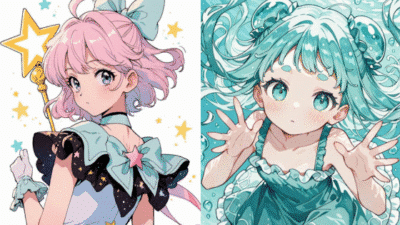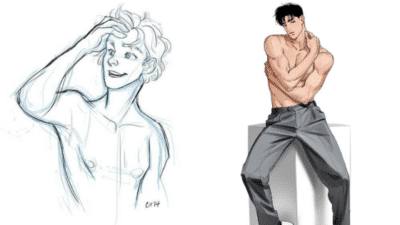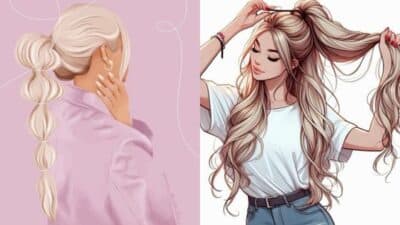Ever feel that little spark of inspiration when you see a beautiful piece of art, a majestic statue, or even just a fluffy cloud that looks like it’s got wings? That’s the feeling we’re tapping into today. Drawing angels and wings isn’t just about creating a pretty picture; it’s about channeling something ethereal, powerful, and deeply personal onto your canvas or sketchbook. Whether you’re a seasoned artist looking for a fresh perspective or someone who just doodles in the margins and thinks, “Hey, maybe I could draw that,” you’ve come to the right place. We’re going to dive into the wonderful world of drawing angels and their magnificent wings with a super casual, no-pressure approach. Forget perfection; let’s aim for enjoyment and some seriously cool creations!
Drawing angels can seem a bit daunting at first. How do you capture that sense of grace, strength, or mystery? And those wings – they look so intricate! But here’s the secret: it’s all about breaking it down into manageable steps and allowing yourself to experiment. We’ll explore everything from basic forms and proportions to different wing styles and how to infuse your creations with emotion. So grab your pencil, find a comfy spot, and let’s unlock your inner artist. You don’t need fancy supplies or years of training, just a willingness to explore and a touch of imagination.
Why Draw Angels and Wings? It’s More Than Just a Pretty Picture!
Before we even put pencil to paper, let’s talk about why drawing angels and wings is such a captivating endeavor. It’s not just about aesthetics; there’s a whole universe of reasons artists (and casual doodlers!) are drawn to these celestial beings.
Symbolism and Emotional Depth
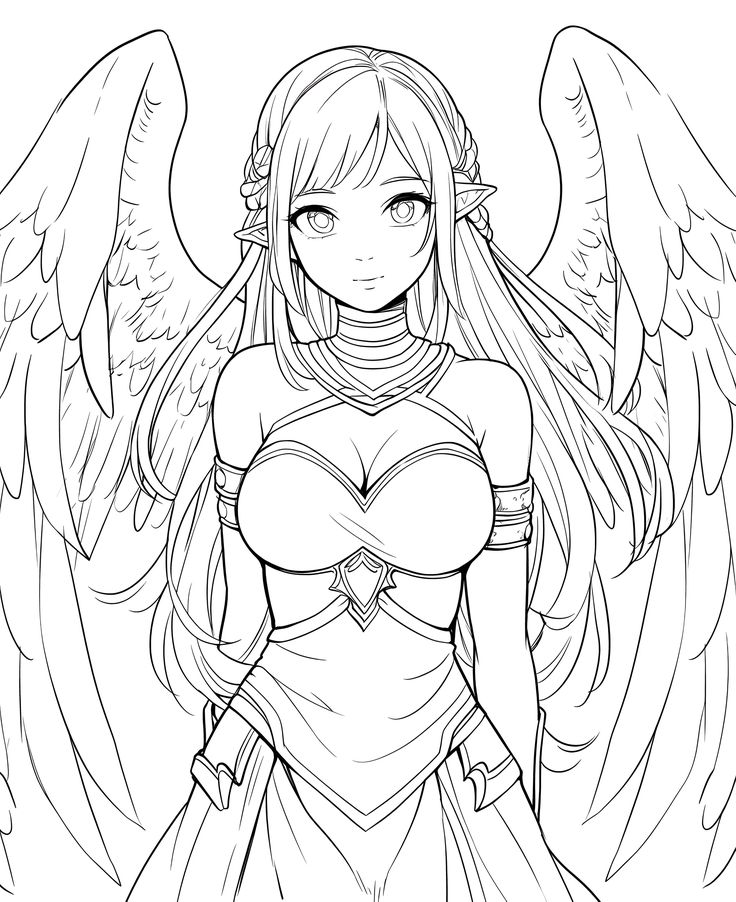
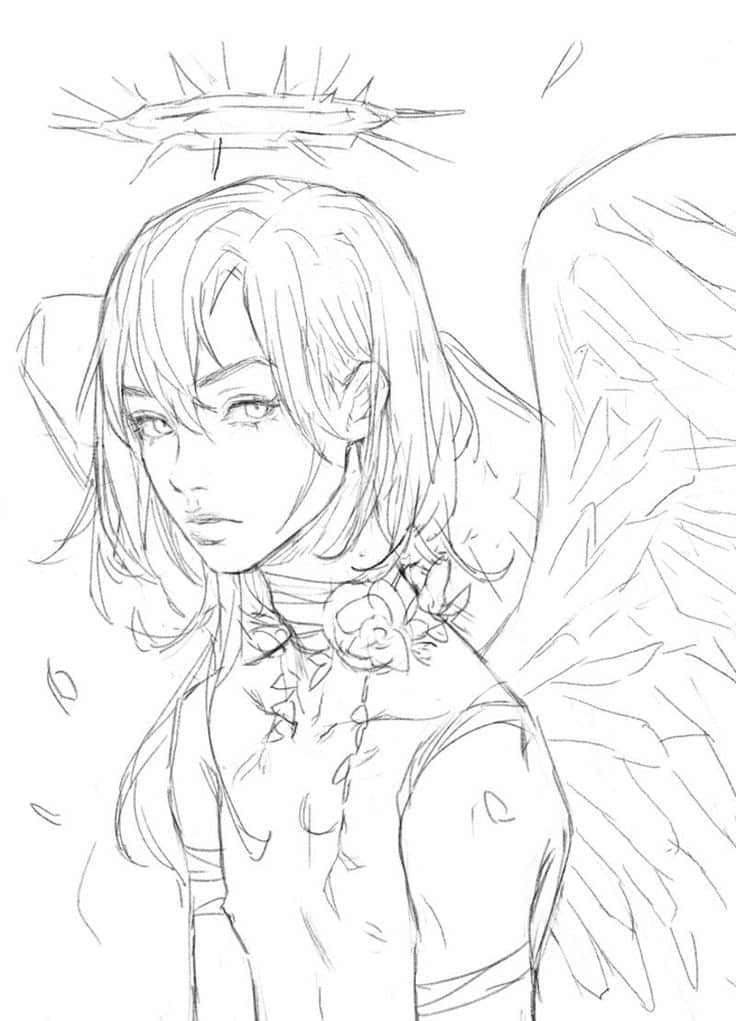
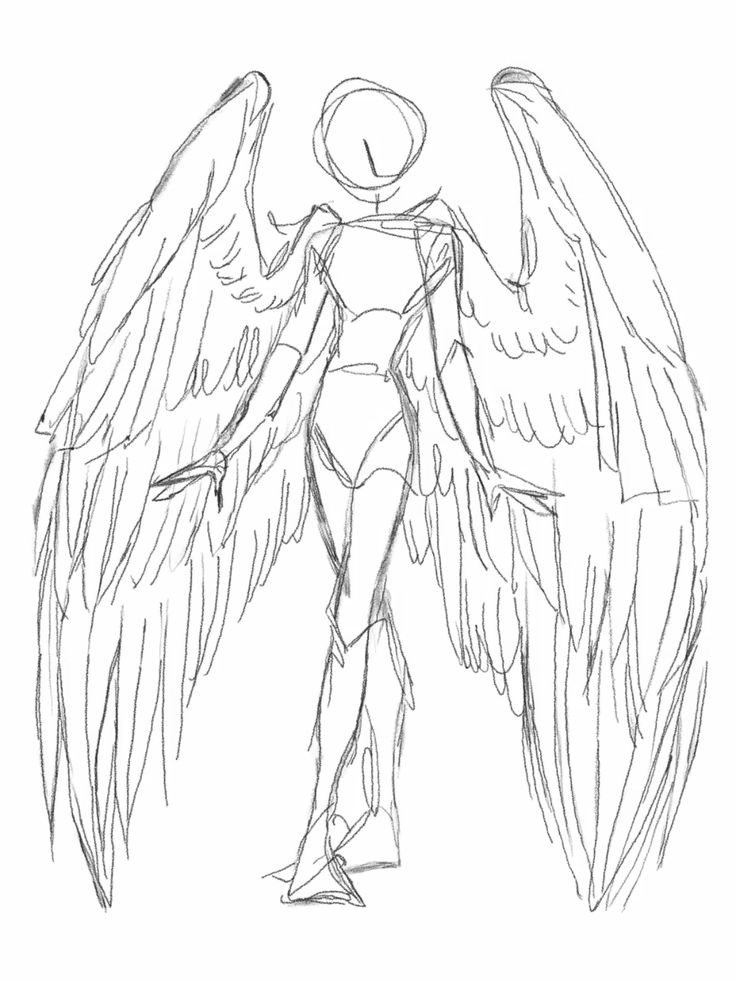
Angels, across countless cultures and belief systems, symbolize so much. They represent hope, protection, guidance, purity, strength, and even divine judgment. When you draw an angel, you’re not just drawing a figure with wings; you’re imbuing your art with these powerful meanings. Your angel could be a comforting presence, a fierce guardian, a sorrowful observer, or a joyous messenger. This rich tapestry of symbolism gives your art an immediate emotional resonance, allowing you to tell a story or convey a feeling without uttering a single word. It’s a fantastic way to explore complex themes and personal emotions through a visually striking motif.
Unleashing Creative Freedom
While angels often come with certain traditional characteristics, the beauty of art is that there are no strict rules. You can design an angel that’s entirely your own. Do they have human-like features, or are they more ethereal and abstract? Are their wings feathery and expansive, or are they crystalline and glowing? Do they wear flowing robes, or are they adorned in intricate armor? This freedom to invent allows you to push boundaries, experiment with different styles, and truly make the concept your own. It’s an incredible playground for your imagination, where the only limit is what you dare to dream up. Want to give your angel an edgy, modern twist? Go for it! Crave something ancient and mythological? The canvas is yours.
A Fantastic Skill-Building Exercise
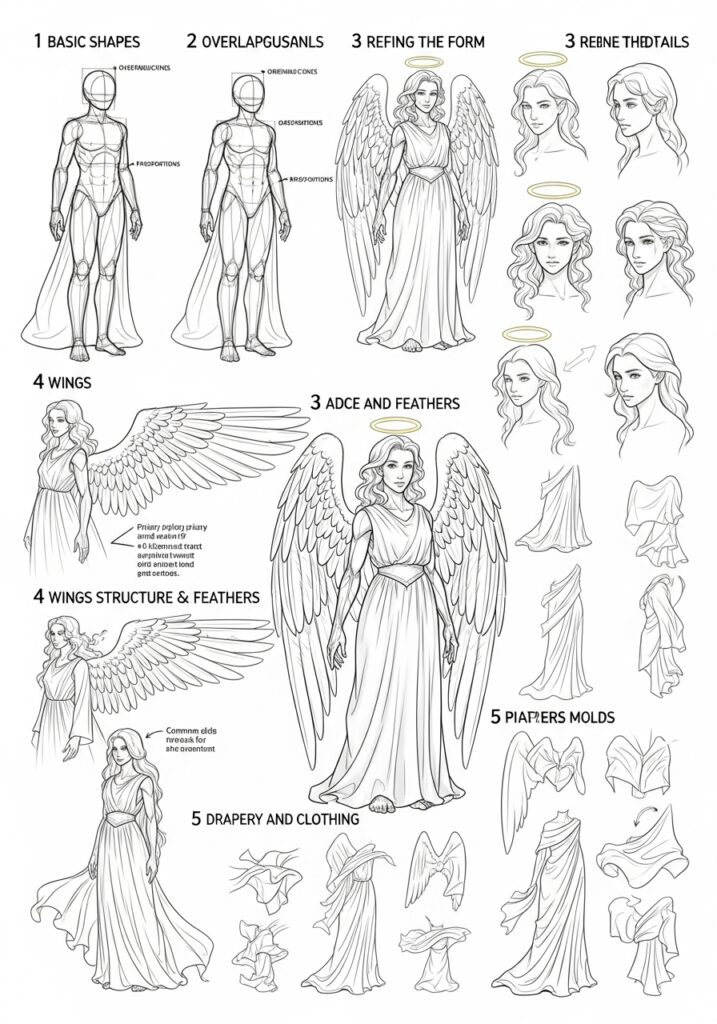
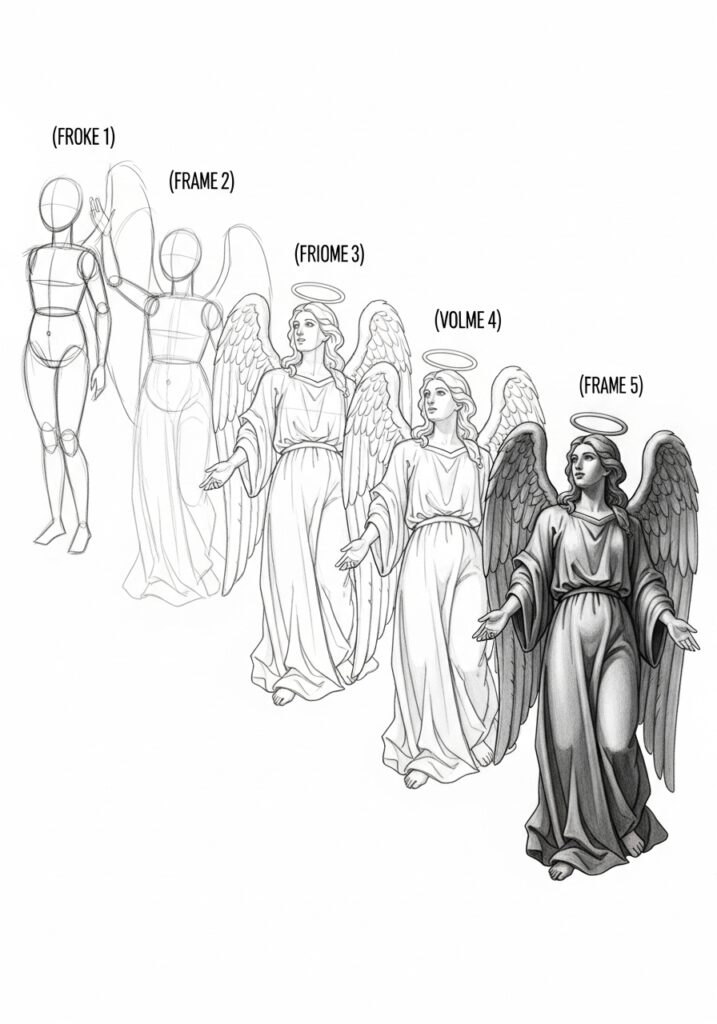
Beyond the creative and emotional aspects, drawing angels and wings is an excellent way to hone various artistic skills. Wings, especially feathered ones, demand attention to detail, understanding of layering, and rendering texture. Drawing the angelic figure itself challenges your understanding of human anatomy (or at least, stylized anatomy), drapery, and dynamic poses. You’ll practice:
- Proportion and Anatomy: Even stylized figures benefit from an understanding of basic human proportions.
- Perspective and Foreshortening: Making wings look like they’re receding or coming forward in space is a great challenge.
- Texture and Detail: Mastering the look of individual feathers, flowing hair, or intricate garments.
- Light and Shadow: Creating depth and drama.
- Composition: Arranging the figure and wings harmoniously within your space.
Each angel you draw will teach you something new, helping you build confidence and refine your artistic toolkit.
Gathering Your Tools: Keep It Simple, Keep It Fun!
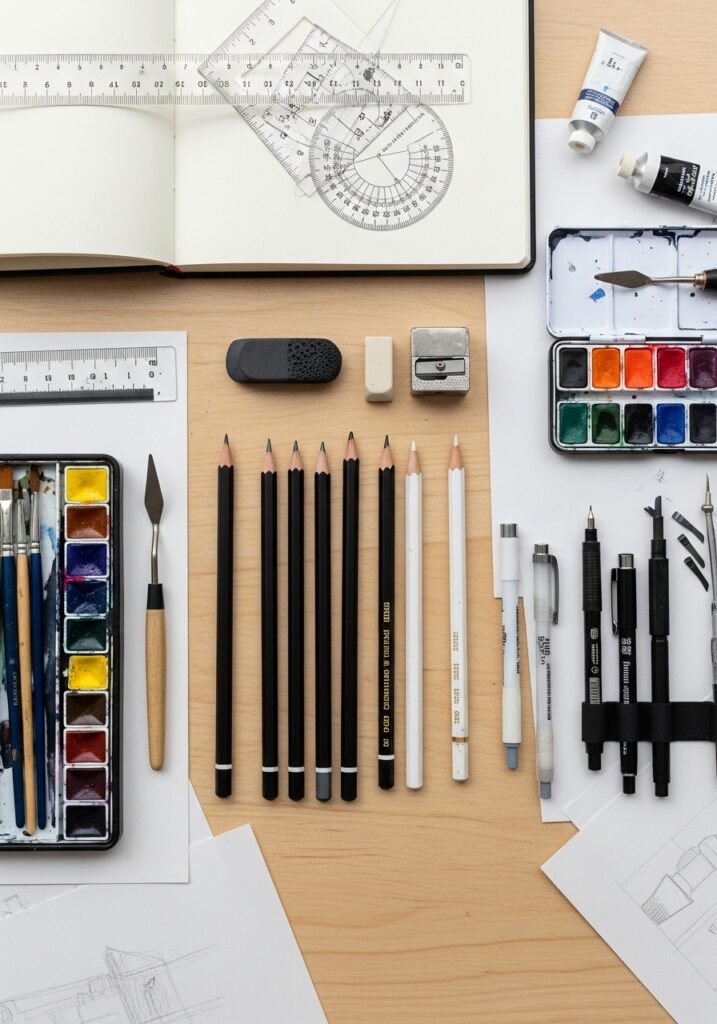
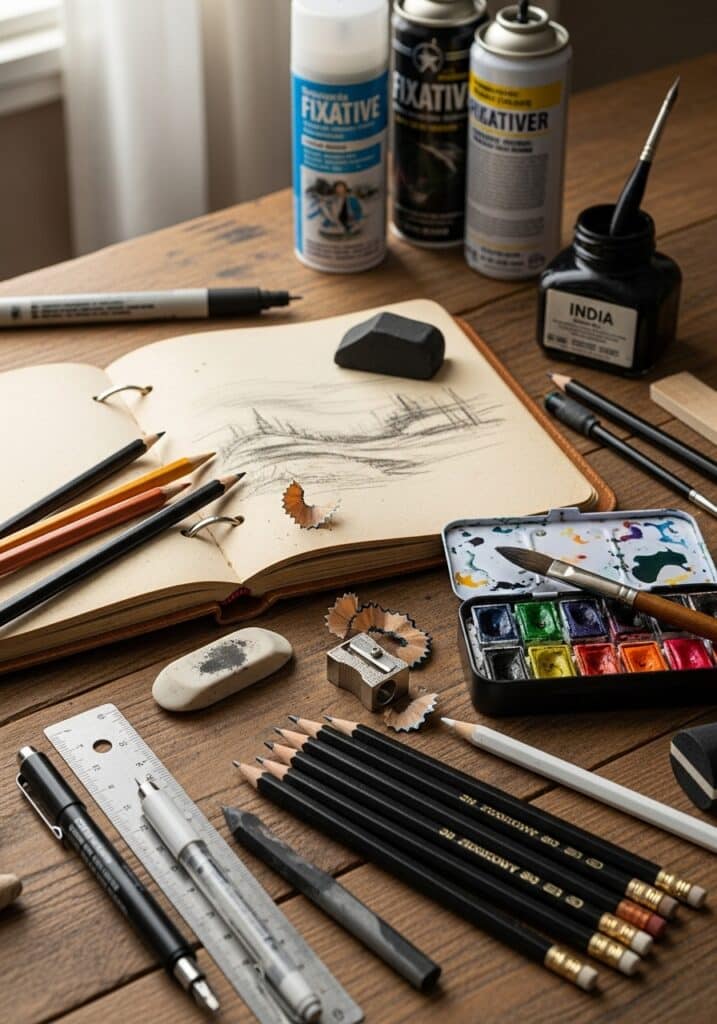
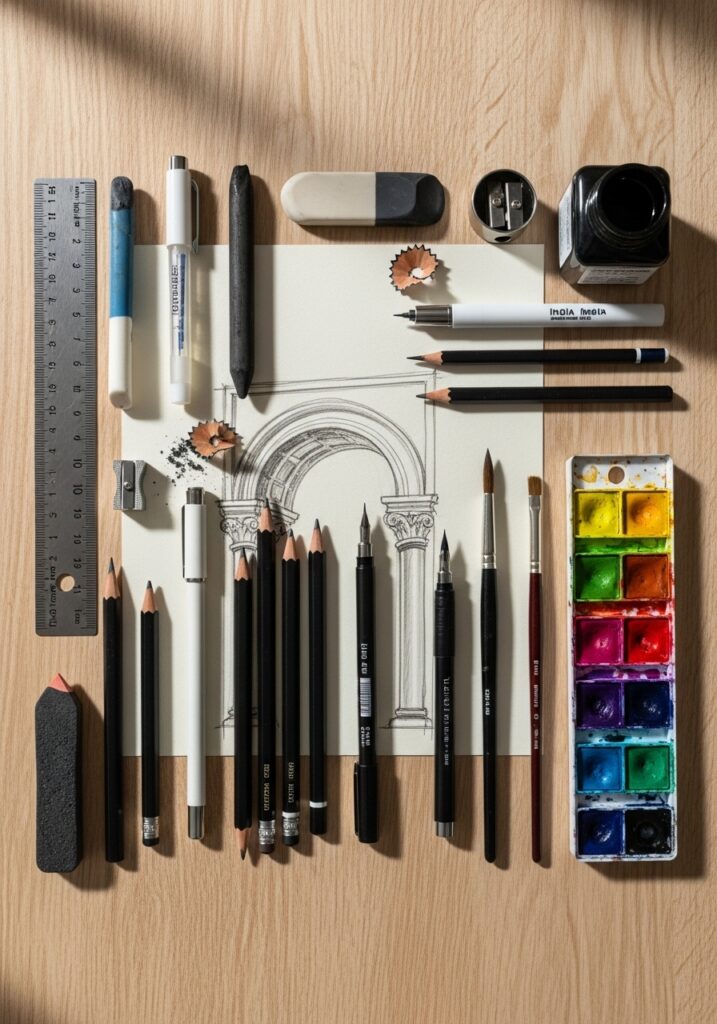
You don’t need to raid an art store for a million different supplies. Drawing angels and wings, especially casually, is all about using what you have and enjoying the process. Here’s a basic rundown of what you might want to gather:
- Pencils: A few graphite pencils in different hardness levels are great. An HB for general sketching, a 2B or 4B for darker lines and shading, and maybe an H for lighter guidelines.
- Eraser: A good quality eraser (kneaded or vinyl) is essential for correcting mistakes and lifting graphite.
- Paper: Any paper will do to start! A sketchbook, printer paper, or a stack of loose sheets. If you get serious, look for slightly thicker drawing paper.
- Sharpener: Keep those pencils pointy for crisp lines.
- Optional Enhancements:
- Blending Stump/Tortillon: These paper tools help smooth out shading for a softer look.
- Colored Pencils, Pastels, or Markers: If you want to add a splash of color to your angels.
- Digital Tablet and Software: For those who prefer to draw digitally, a tablet like an iPad with an app like Procreate or Photoshop offers incredible flexibility and undo buttons! If you’re thinking about a digital setup, consider how you might create the perfect mobile creative studio to enhance your artistic flow.
That’s it! No fancy chisels or expensive canvases needed. Just you, your tools, and your imagination.
Starting with the Basics: The Angel’s Form
Before we get to those glorious wings, let’s lay down the foundation: the angel’s body. Even if you’re going for a highly stylized look, understanding some basic principles of figure drawing will make your angels much more convincing and dynamic.
Understanding Proportions (The Cheatsheet Version)
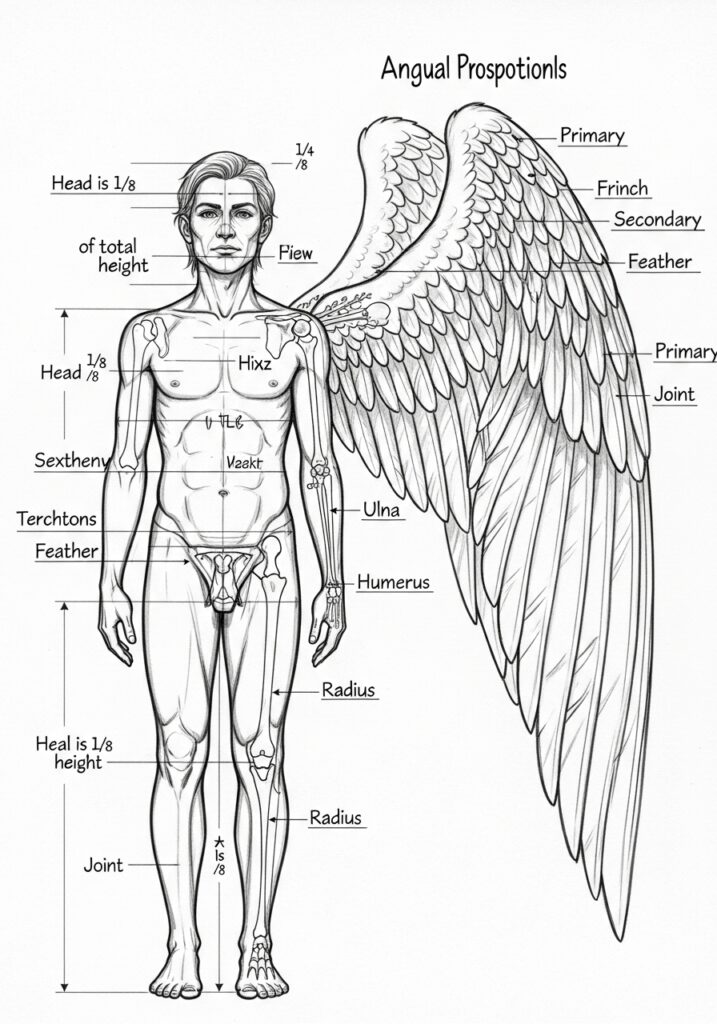
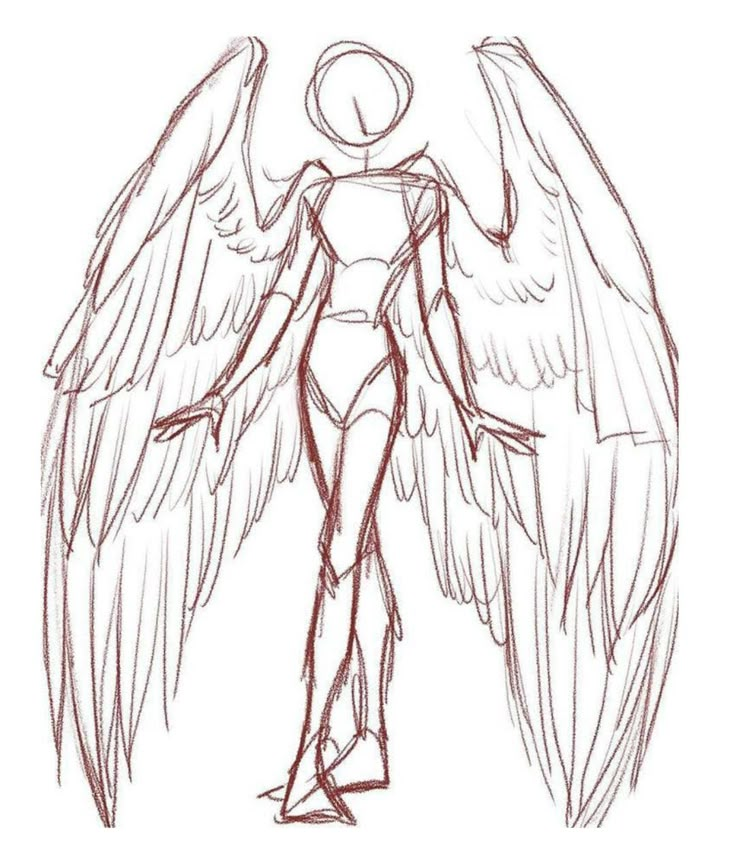
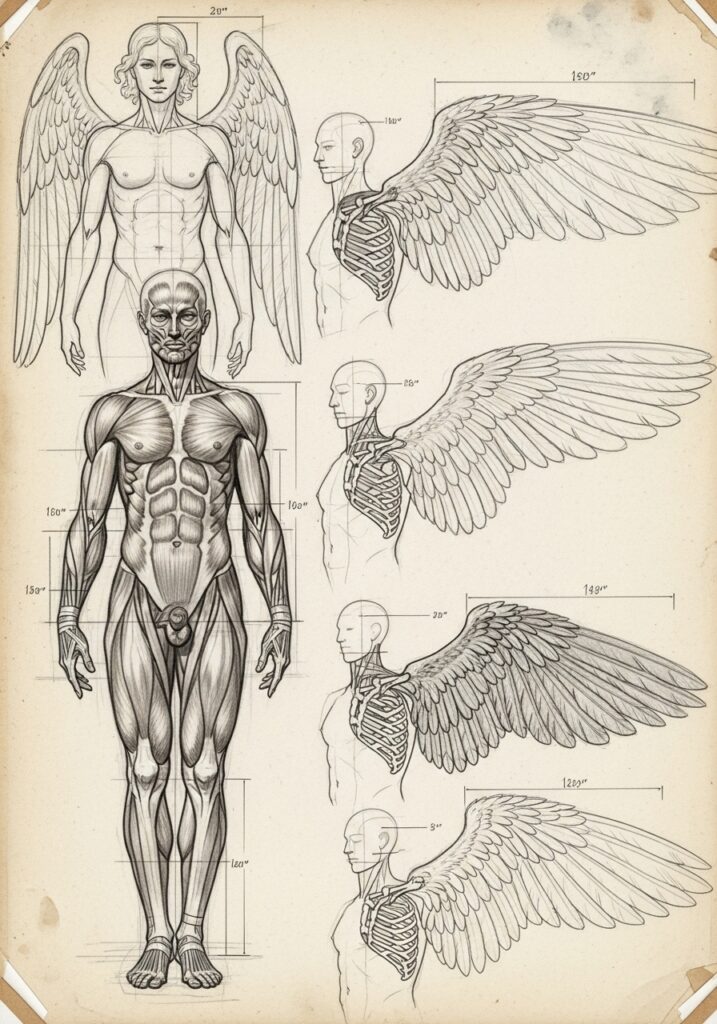
Think of the human body as a series of simple shapes. You don’t need to be an anatomy expert, but a general idea of proportions helps.
- Head as a Unit: A common method is to measure the entire body in “heads.” An average adult human is about 7 to 7.5 heads tall. Angels can be taller, more slender, or more robust, but using the head as a basic measuring unit helps maintain consistency.
- Torso and Hips: The torso can be simplified into a ribcage shape and a pelvic shape, connected by a flexible waist. Think of them as two boxes that can twist and tilt.
- Limbs: Arms and legs are cylinders or slightly tapered forms. Pay attention to the length of the upper arm, forearm, thigh, and calf. Hands and feet, while challenging, can start as simple paddle or wedge shapes.
Don’t overthink it. For a casual drawing, focus on getting the general flow and balance right. If you want to dive deeper into the basics of human figure drawing, there are plenty of resources available to help you start with basic sketching of the human figure and build up your skills.
Simple Poses for Maximum Impact
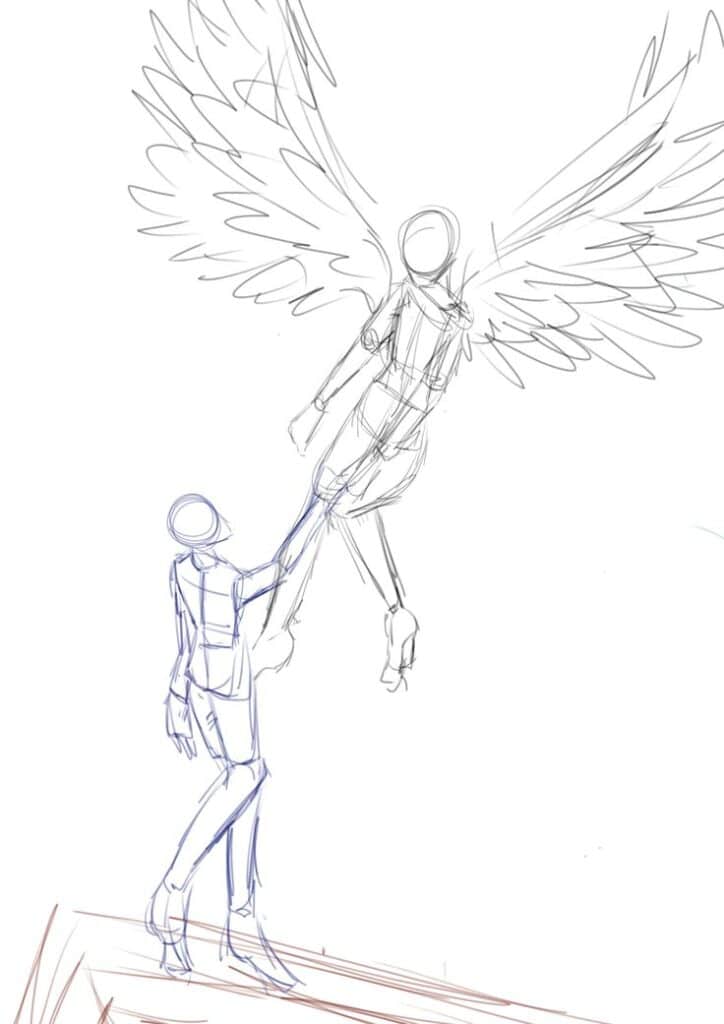
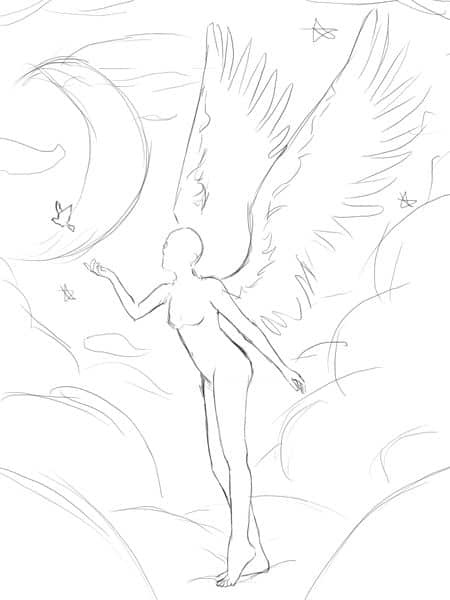
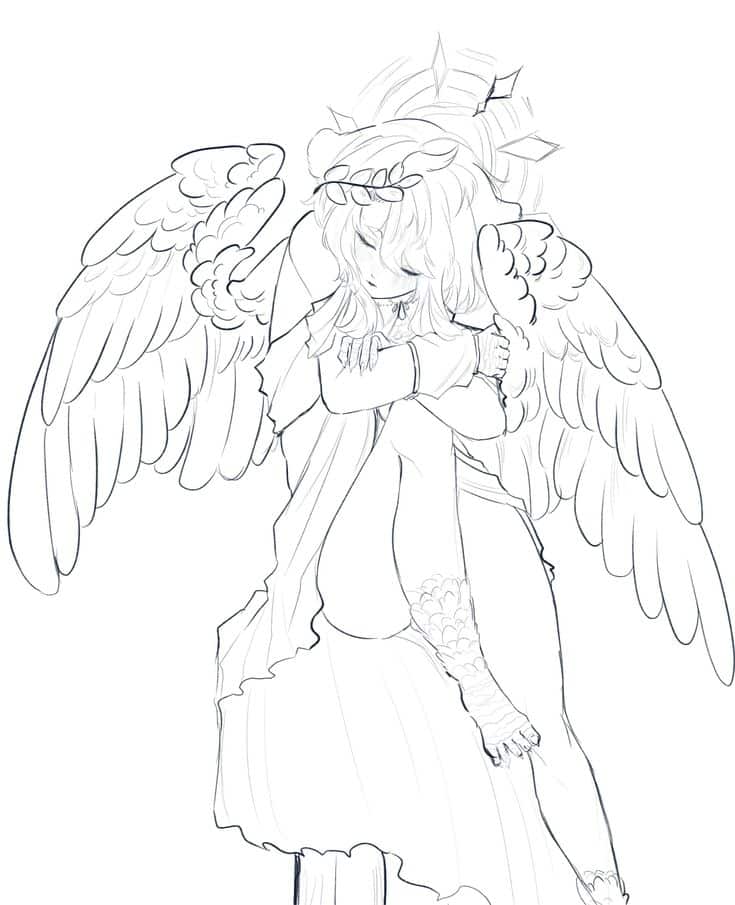
An angel’s pose can convey so much emotion. Are they soaring, kneeling, standing guard, or reaching out?
- Line of Action: Start with a single, curved line that dictates the primary movement or flow of your angel. This “line of action” will make your pose feel more natural and dynamic.
- Balance: Even dynamic poses need to feel balanced. Think about how the weight is distributed.
- Gestures: Don’t get bogged down in details early on. Sketch quickly to capture the gesture and energy of the pose. Try practicing quick, loose sketches to capture the movement. If you’re looking for inspiration or guidance on different stances, exploring mastering various drawing poses can be incredibly helpful.
- Common Angelic Poses:
- Standing Serene: Often with hands clasped, head bowed, or looking upwards.
- Soaring/Flying: Dynamic poses with outstretched limbs, often looking upwards or forwards.
- Kneeling/Praying: A pose of humility, reverence, or comfort.
- Guarding/Protecting: Often with one arm forward, a defensive stance, or holding a weapon.
Adding Personality: Faces, Hair, and Drapery
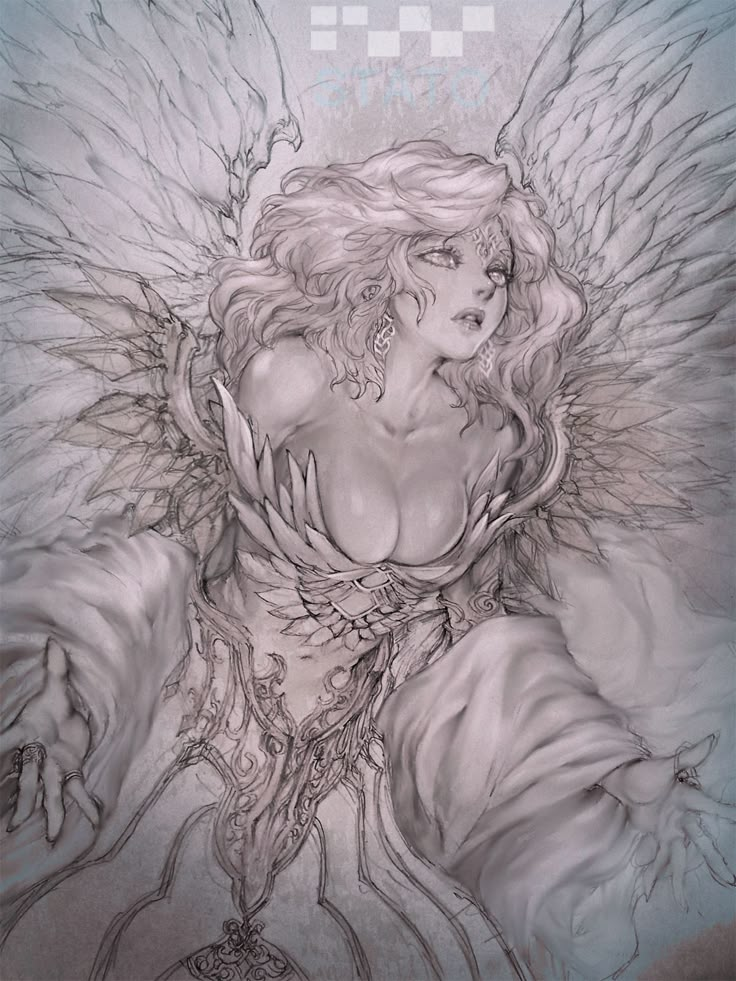
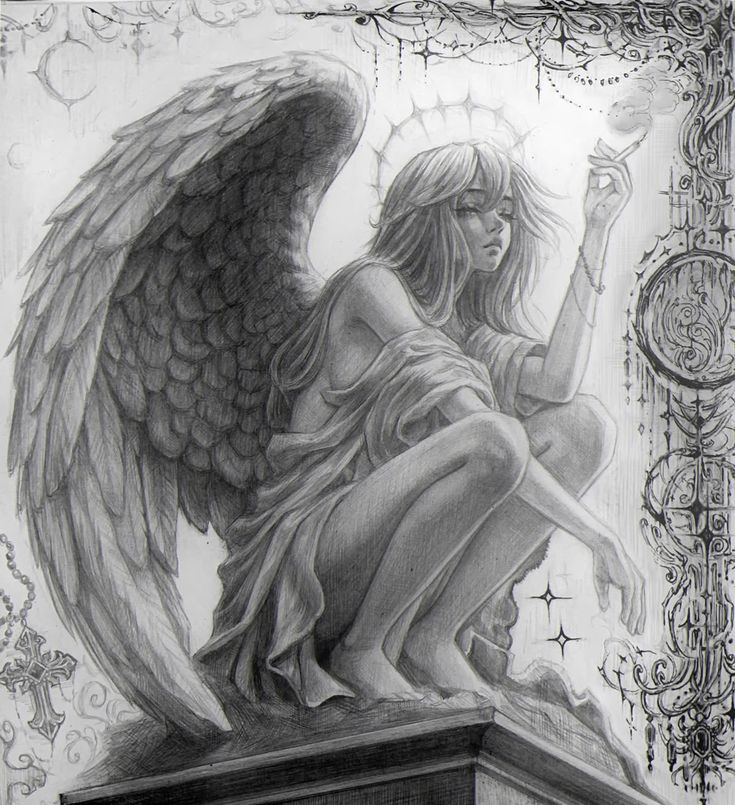
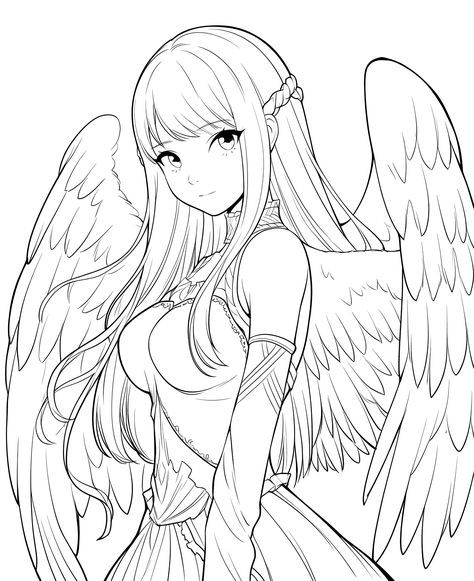
Once you have the basic form, it’s time to give your angel some character.
- Faces: Angels often have serene, noble, or compassionate expressions. Focus on the eyes, which are often the most expressive part. Keep facial features soft for a gentle angel, or sharper for a fierce one.
- Hair: Flowing, often wavy hair adds to the ethereal quality. Think about how it would move with the wind or in a celestial breeze.
- Drapery: Robes, tunics, or flowing garments are common. The key is to make the fabric look like it has weight and movement. Observe how cloth folds and drapes over the body and in response to gravity or wind. Simple lines can create the illusion of complex folds.
Exploring Different Styles of Wings
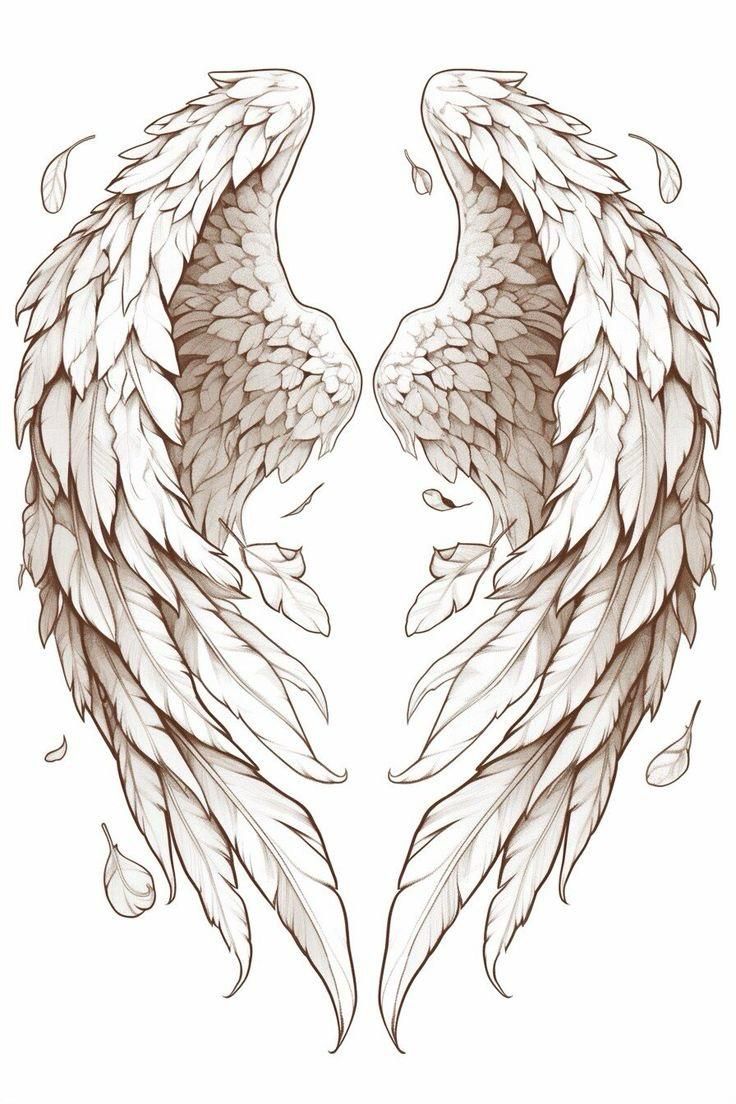
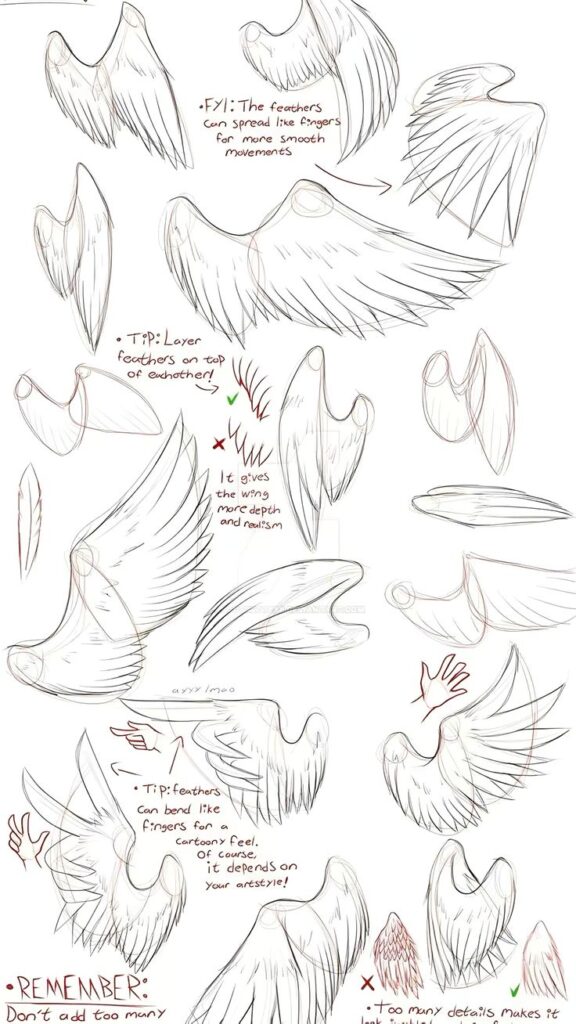
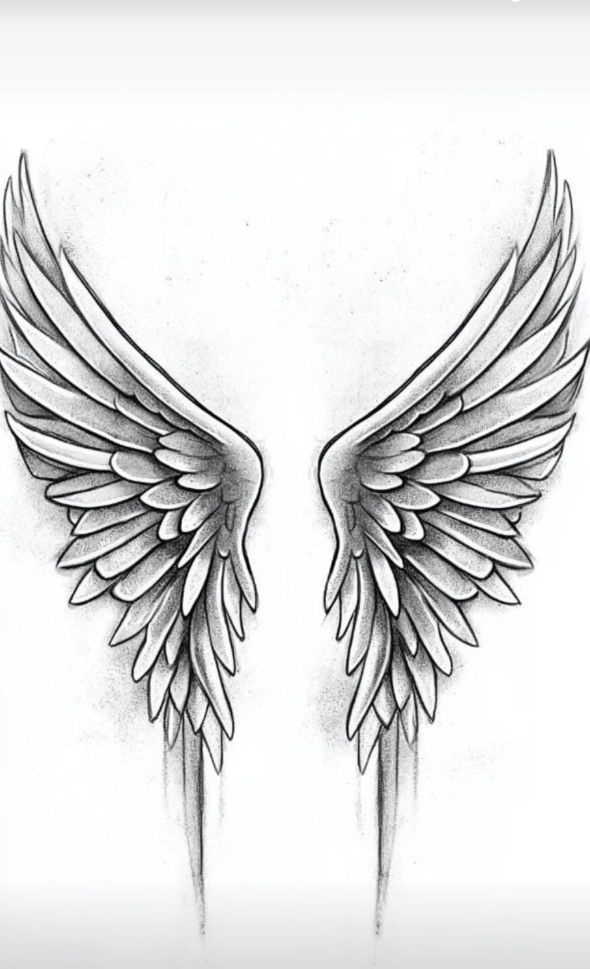
This is where your creative freedom shines!
- Classic Feathered Wings:
- Dove/Swan-like: Large, broad, soft, and pure white. Often associated with gentle, serene angels.
- Eagle/Hawk-like: More powerful, defined, with strong primary feathers. Ideal for warrior or protective angels.
- Phoenix-like: Fiery, vibrant, and often depicted with a more dynamic, jagged outline.
- Bat-like/Demonic Wings:
- Leathery, often darker in color, with visible bone structure and membrane instead of feathers. Great for fallen angels or more gothic interpretations. They have a distinct, often menacing, silhouette.
- Insect-like/Fairy Wings:
- Delicate, translucent, often with intricate patterns and iridescent qualities. Think dragonfly or butterfly wings. Perfect for ethereal, whimsical, or fairy-tale angels.
- Abstract/Elemental Wings:
- Made of light, fire, water, ice, or even energy. These wings are less about biological structure and more about conveying a concept. They offer immense freedom for imaginative effects. For example, glowing light wings can be rendered with simple, sweeping lines and an aura effect.
Practice drawing just wings on their own first! This takes the pressure off getting the entire figure right and lets you focus on the intricacies of feather placement and form.
Drapery and Clothing: The Fabric of the Divine
Angels are often depicted in flowing, elegant garments. This is a fantastic opportunity to add movement and grace to your drawing.
- Understand Gravity: Fabric hangs and folds in predictable ways. Observe real cloth – a bedsheet, a curtain, your own clothes.
- Flow and Movement: If your angel is flying, the fabric should billow behind them. If they are standing, it should drape naturally. Use long, sweeping lines to suggest flow.
- Weight: Thicker fabrics (like wool) create heavier, fewer folds, while lighter fabrics (like silk or chiffon) create many delicate, intricate folds.
- Highlights and Shadows: Drapery is all about light and shadow. The raised parts catch the light, while the recesses fall into shadow, giving the fabric volume.
Backgrounds and Settings: A World for Your Angel
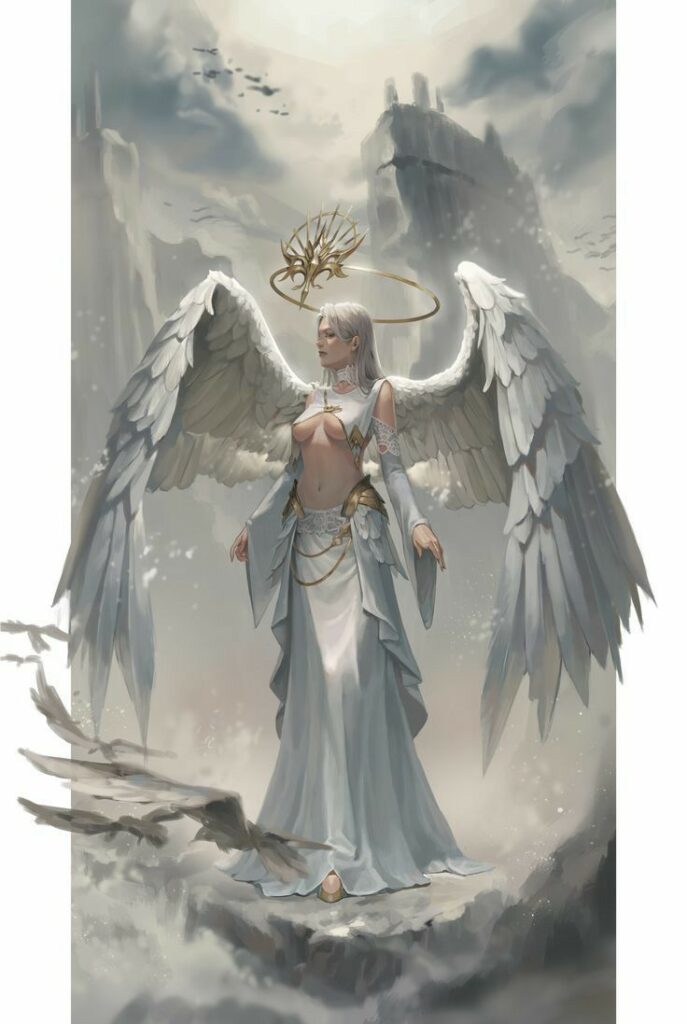
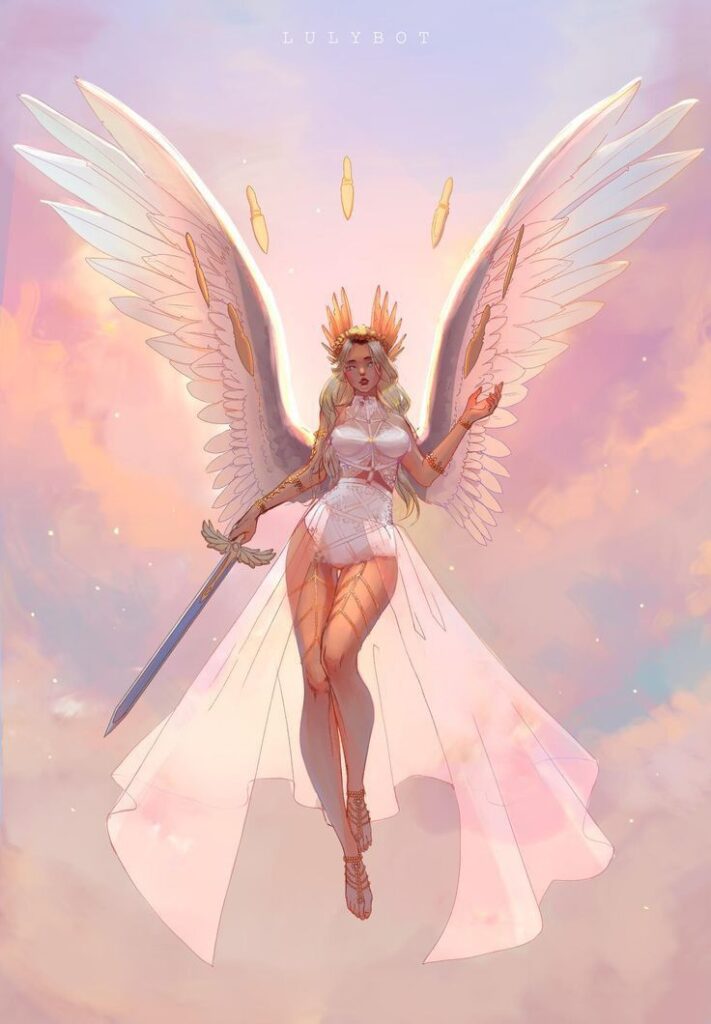
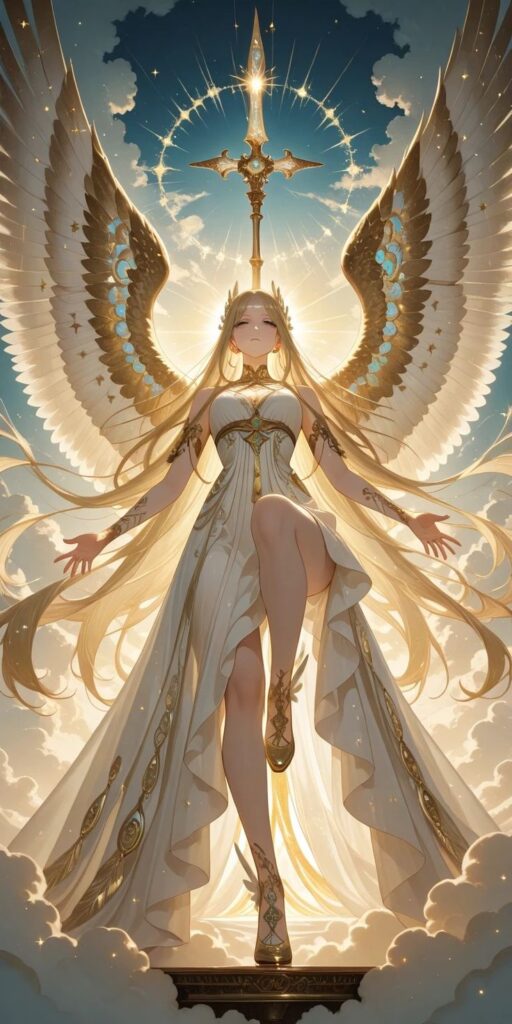
Where does your angel exist? The background can enhance the mood and story.
- Celestial Realm: Clouds, stars, galaxies, glowing light, or abstract patterns suggest a heavenly domain.
- Earthly Plane: Forests, ancient ruins, mountaintops, or even a simple, undefined space.
- Abstract: Sometimes, a gradient of color or a simple halo of light is all you need to create an effective background.
- Keep it Simple: For a casual drawing, don’t feel pressured to create a hyper-detailed background. A few clouds or a suggestion of light can be very effective.
Emotional Impact: Telling a Story
Every line you draw contributes to the emotional impact of your angel.
- Pose: As mentioned earlier, the pose itself can convey peace, anger, sorrow, or triumph.
- Facial Expression: Subtle changes in the eyes, eyebrows, or mouth can completely alter the emotion.
- Wing Position:
- Outstretched/Soaring: Freedom, power, protection.
- Folded/Resting: Peace, contemplation, humility.
- Spread Wide/Defensive: Threat, warning, guardianship.
- Broken/Damaged: Sorrow, fall, struggle.
- Color (if using): Warm colors can evoke joy or passion, cool colors can suggest calm or melancholy.
Exploring Different Angel Archetypes and Personalities
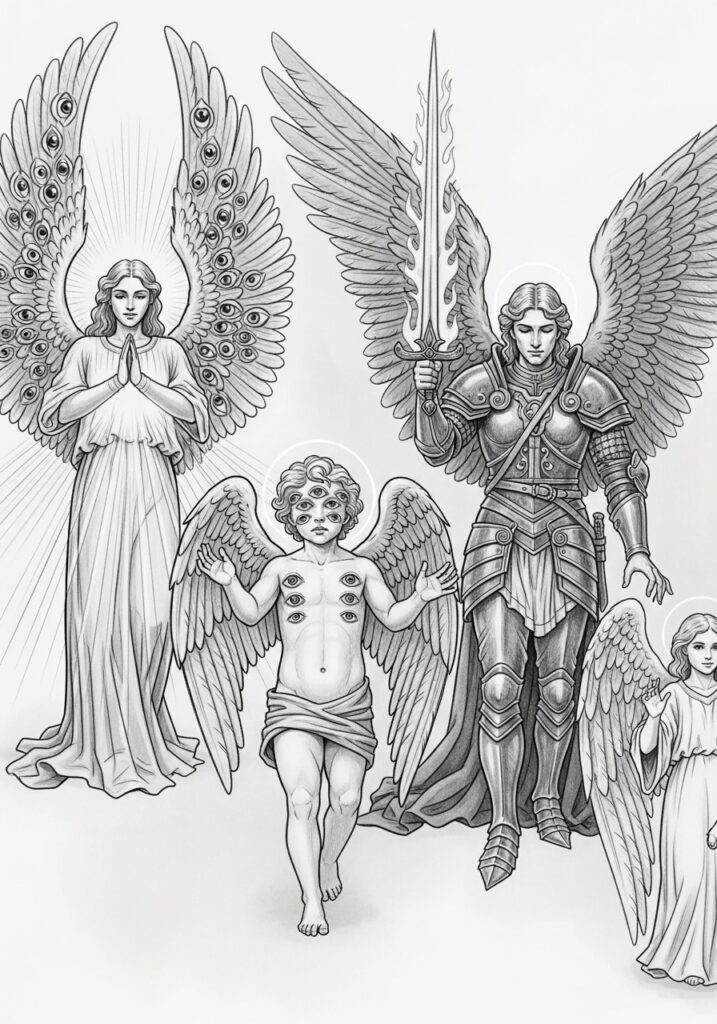
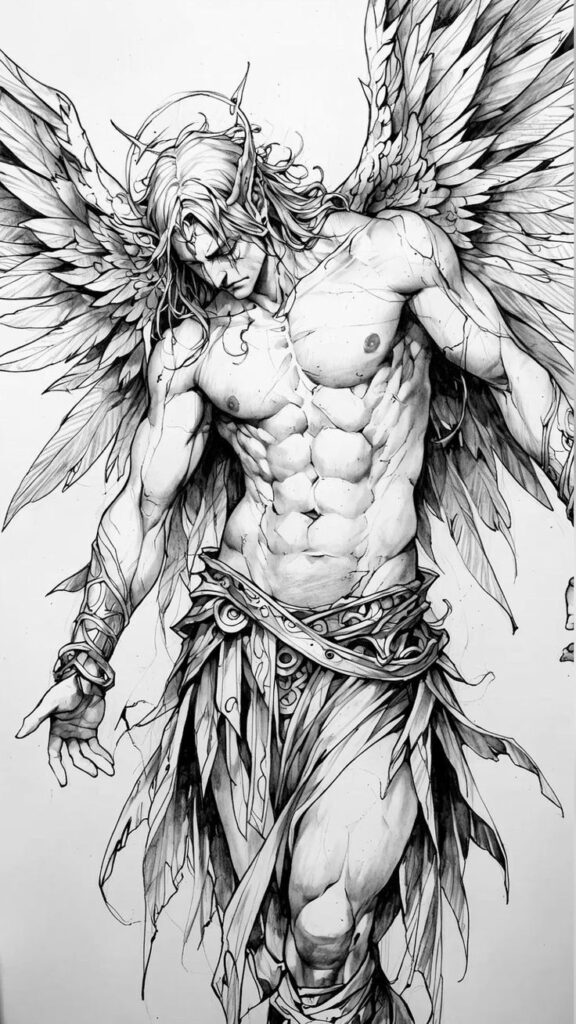
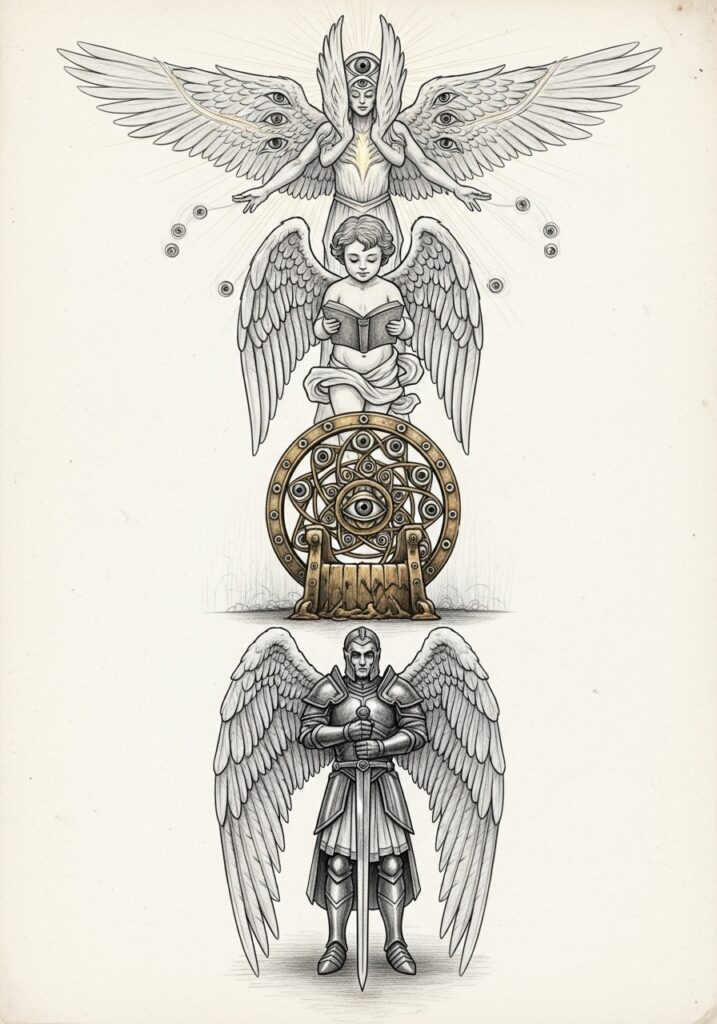
The world of angels is incredibly diverse. Thinking about the kind of angel you want to draw can guide your artistic choices.
- Classic/Traditional Angels: These often draw inspiration from Renaissance art or biblical descriptions. They are typically serene, ethereal, and powerful, often depicted in flowing robes with large, pristine white wings. Think Gabriel or Michael.
- Guardian Angels: Often depicted as comforting, watchful figures. They might have a more human-like appearance, perhaps in a protective stance, or simply observing from afar. Their wings might be slightly softer, more enveloping.
- Warrior Angels: Dynamic, strong, and ready for battle. These angels often wear armor, wield swords or spears, and have powerful, eagle-like wings. Their poses are usually active and intense.
- Fallen Angels: A fascinating archetype! These angels might be depicted with darker clothing, more somber expressions, or even broken, tattered, or bat-like wings. They often exude a sense of melancholy, complexity, or defiance.
- Stylized/Modern Angels: Don’t feel bound by tradition. You can create angels with abstract shapes, minimalist lines, futuristic armor, or wings made of pure light. This is where your personal style can truly shine.
Think about the story you want to tell and let that guide your design choices for hair, clothing, expression, and especially those magnificent wings.
Unleash Your Inner Angelic Artist!
So there you have it, your casual guide to drawing awesome angels and wings! We’ve covered everything from sketching the basic form to layering feathers and infusing your creations with emotion. Remember, art is a journey, not a destination. There’s no right or wrong way to draw an angel, only your way.
Don’t get bogged down by the idea of perfection. Start simple, experiment, and most importantly, have fun with it. Let your imagination soar, just like the angels you’re drawing. Whether your angel is a serene protector, a fierce warrior, or a whimsical messenger, it will be uniquely yours. Pick up your pencil, open your sketchbook, and let those creative sparks fly. Who knows what magnificent beings you’ll bring to life? Keep practicing, keep exploring, and keep drawing – the sky’s the limit!
- 6.9Kshares
- Facebook0
- Pinterest6.9K
- Twitter0
